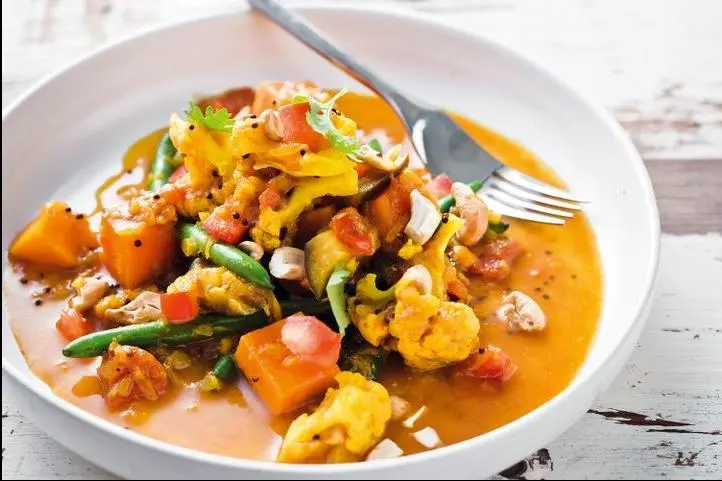
Curry is highly significant in Indian cuisine due to its cultural, historical, regional, and gastronomic importance.
- Cultural importance: Indian cuisine is diverse and has evolved over thousands of years, reflecting the rich cultural heritage of the country. Curry, with its complex blend of spices, has become an integral part of Indian food culture. Different regions of India have their unique versions of curry, which showcase local ingredients and preferences.
- Historical importance: The use of spices in Indian cooking can be traced back to ancient times, with the earliest known curry recipe dating back to around 1700 BCE. Over time, Indian cuisine has been influenced by various cultures, including the Persians, Mughals, and British, which have contributed to the development of different curry styles.
- Regional diversity: India’s vast size and varied geography have led to the development of distinct regional cuisines, each with its unique curry dishes. For example, North Indian curries are often creamier and milder, using dairy products like yogurt or cream. In contrast, South Indian curries are typically spicier and feature coconut milk or tamarind.
- Gastronomic importance: Indian curries are known for their complex and flavorful taste profiles, achieved by blending various spices such as turmeric, coriander, cumin, and chili powder. These spices not only add flavor but also offer potential health benefits, as many of them contain anti-inflammatory and antioxidant properties.
- Global appeal: The popularity of Indian cuisine has spread across the globe, with curry dishes becoming a staple in many countries. This has led to the creation of fusion dishes and the adaptation of curry to suit local tastes, further solidifying the significance of curry in Indian cuisine.
- Adaptability: One of the key aspects of curry in Indian cuisine is its adaptability to different ingredients and dietary preferences. Curries can be made with a wide variety of proteins, including meat, poultry, fish, or even vegetarian and vegan options such as lentils, chickpeas, and paneer. This adaptability has contributed to the widespread appeal of curry and its ability to cater to diverse dietary needs.
- Technique and tradition: The preparation of curry often involves traditional cooking techniques, such as slow-cooking, marinating, and tempering. These methods help to develop deep flavors and textures, resulting in a rich and satisfying culinary experience. Additionally, many Indian families have their own secret recipes and spice blends that have been passed down through generations, making curry a symbol of family tradition and culinary heritage.
- Social and communal aspect: In Indian culture, sharing a meal with family and friends is an important social activity. Curry dishes, often served with rice or flatbreads, are central to these communal dining experiences. The act of sharing food, particularly dishes like curry, helps to create a sense of connection and togetherness among diners.
- Economic significance: The global popularity of Indian curry has led to a significant export market for Indian spices, packaged curry mixes, and ready-to-eat curry products. This has contributed to the growth of the Indian food industry, providing employment opportunities and promoting the country’s culinary heritage worldwide.
- Diplomatic and soft power influence: Indian cuisine, with curry as one of its most iconic dishes, has become a tool of soft power for India. As the popularity of Indian food spreads globally, it helps to generate goodwill and create a positive image of the country. Food diplomacy has played a role in fostering international relationships and promoting cultural understanding between nations.